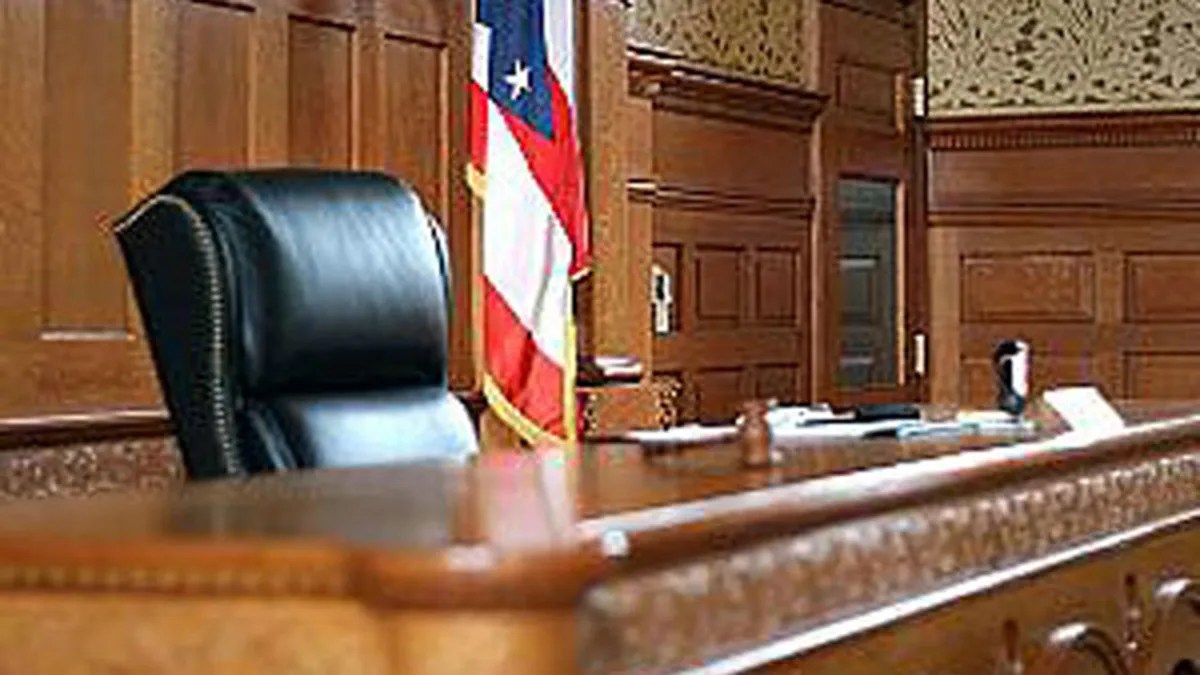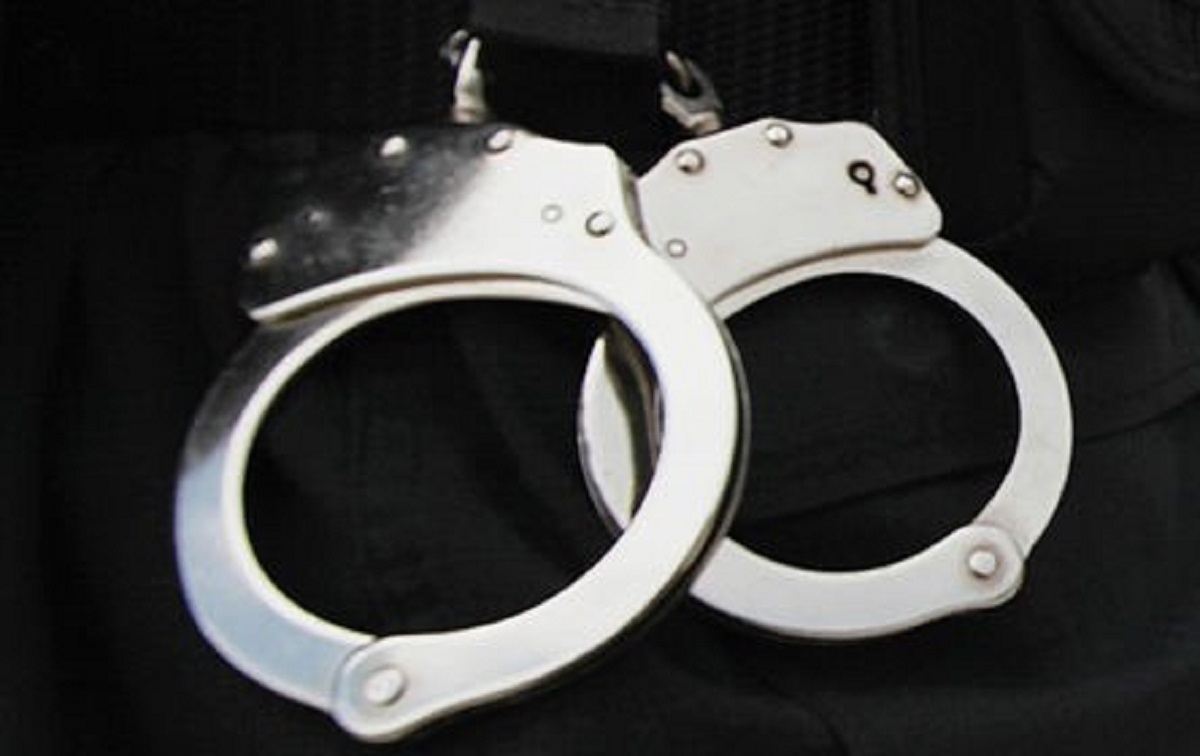After so many years of street-clogging construction amid a bleak transportation landscape, the Upper East Side has blossomed into a transit garden, city officials and transportation advocates have proclaimed.
The "transit desert" label that's dogged the neighborhood for so long is no more, officials said Tuesday at a news conference celebrating the transit, traffic and safety improvements there.
NYC Transportation Commissioner Polly Trottenberg said, "We want to make sure everyone living in and visiting East Harlem and the Upper East Side knows their dizzying array of new choices -- and that New Yorkers everywhere else appreciate the amazing results of serious transit investment."
Most notably, the new Second Avenue Subway has helped connect residents to mass transit, officials said. But there's also the M86 Select Bus Service route, which has expanded and sped up since subway construction equipment was cleared last December: ridership on the M86 SBS has grown by 7 percent since it was created in July 2015, and travel times have decreased by as much as 11 percent, the Department of Transportation says.
Bicyclists are also enjoying a new Second Avenue protected bike lane, which is getting close to completion: the DOT says daily bike ridership along Second Avenue has soared by 300 percent, from 700 cyclists in 2007 to 2,239 in 2016. The new lane, complete with pedestrian islands and green-painted lanes, should be done in the spring.
Citi Bike, meanwhile, has added more than 25 docking stations on the Upper East Side and in East Harlem up to 110th Street since 2016, and is expected to expand further north in 2017.
The DOT says the avenue itself has gotten safer, with a repaved road, updated parking regulations and new bus shelters, along with traffic signals, lanes and lights.
The new NYC Ferry will also create another transit option when a route to Soundview in the Bronx is launched in 2018.
Local
“The Upper East Side has gone from near-complete dependence on one overburdened subway line to a transit oasis of sorts, with Select Bus Service, Citi Bike, and the Second Avenue Subway adding important new options and taking pressure off the 4, 5, and 6 trains,” said Manhattan Borough President Gale A. Brewer.
Since Q train service opened on the Upper East Side, TLC taxi trips along the route between to Midtown have decreased by 32 percent -- compared to a citywide TLC taxi decrease of 11 percent during the same period, officials say.
But it's not all rosy for other so-called transit desert neighborhoods beyond the Upper East Side. Black car traffic -- including Uber and rideshares from nearly 40,000 cars two years ago, to nearly 70,000 now -- indicates roads are still congested.
When asked about the long-discussed congestion pricing plan to cut down on drivers on the road, Trottenberg said, "It's not something that seems there's appetite at the state level."
Drivers like Alisa and Neftali Fuentes, who commute from Pelham Bay to Lower Manhattan, would appreciate the relief.
"What should be 30 minutes is an hour and 15 minutes," said Fuentes. "It's misery."
And though residents like Millie Rivera of East Harlem says she's noticed a difference riding the M86 -- that the bus comes more frequently and gets to the destination faster -- mass transit still isn't pleasant for most. In fact, bus ridership is down by about 300,000 compared to 10 years ago, while the subway is more crowded than ever, with 600,000 more daily riders.
There's also the long-simmering tension between drivers and cyclists, like in the exchange captured by News 4 Tuesday, when a biker yelled at a driver using choice words.
Which all goes to show, even a transit garden needs tending.



